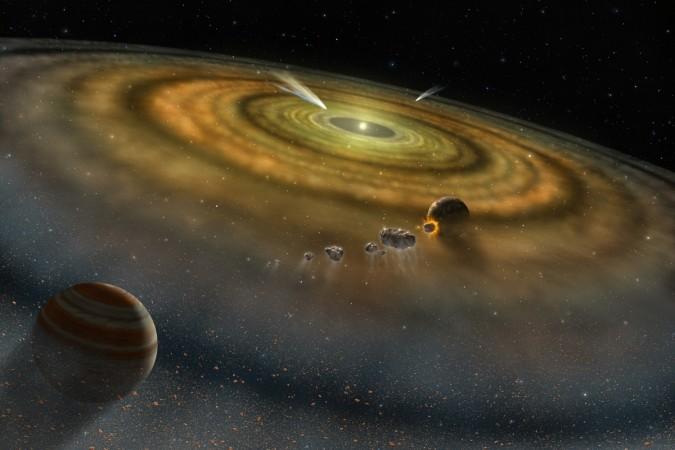NASA Astronomers have identified a new threat to the planet Earth, that will develop deep from space and cannot be controlled by human beings.
Astronomers have recognized that a phase will be developed, where X-rays generated from the exploded stars can affect the planets in our solar system, including the Earth, over 100 light years away. This has been identified by astronomers using Chandra X-ray observatory and other telescopes.

The studies based on this revealed that exploded stars will be more dangerous to the planets than ever seen before.
The Astronomers stated that the blast wave generated by the exploding stars is expected to produce a large dose of X-rays which can hit the Earth- like planets and this impact could last for decades.
In a press statement, one of the astronomers said: "Such intense exposure may trigger an extinction event on the planet."
Ian Brunton of the University of Illinois, who led the study, said in a statement: "If a torrent of X-rays sweeps over a nearby planet, the radiation would severely alter the planet's atmospheric chemistry. For an Earth-like planet, this process could wipe out a significant portion of ozone, which ultimately protects life from the dangerous ultraviolet radiation of its host star."
The United States Space Agency NASA depicted that, the threat is due to the collision between a supernova's shock wave and the dense gas surrounding the exploding star. A substantial amount of X-rays will be generated due to this collision, and it could reach an Earth-like planet.
Fortunately, our home planet Earth and solar system are presently situated in a safe space with regard to the possibility of supernova explosions. It is identified that the other planets in the Milky Way do not posses a safe position.
















